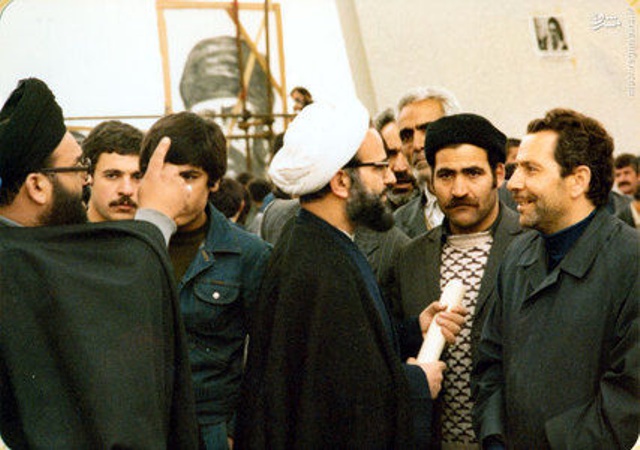Upon his death in 2013, several religious and political figures paid tribute to Mortezaeifar, acknowledging his role in creating a distinct cultural identity for the Islamic Republic’s public sphere. Though he was not a cleric or political leader in the conventional sense, his presence was arguably as impactful—proof that symbols and voices can sometimes shape history as much as policies and doctrines.

